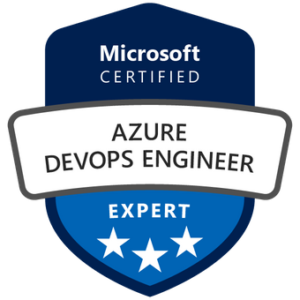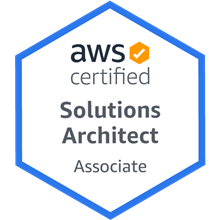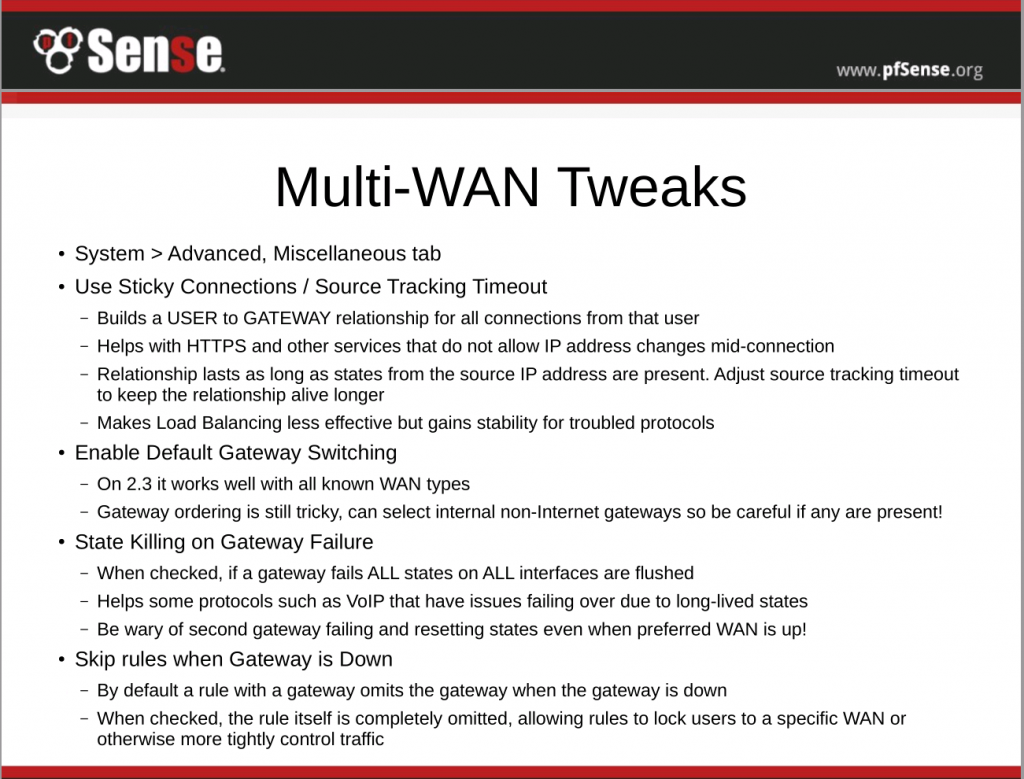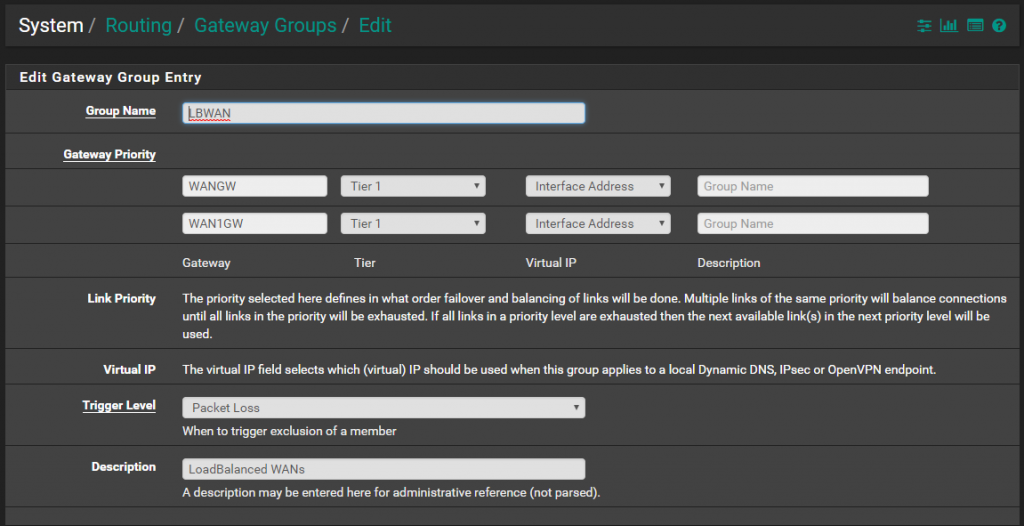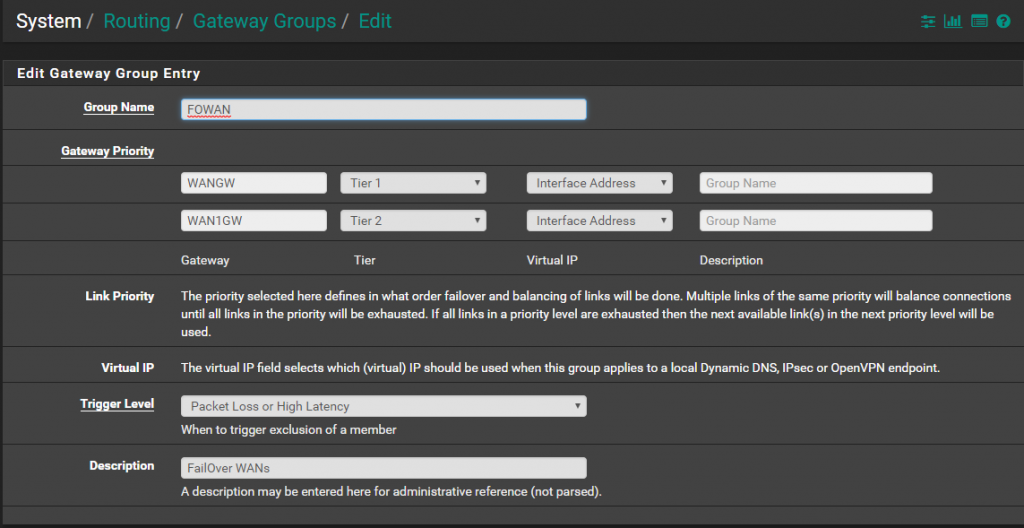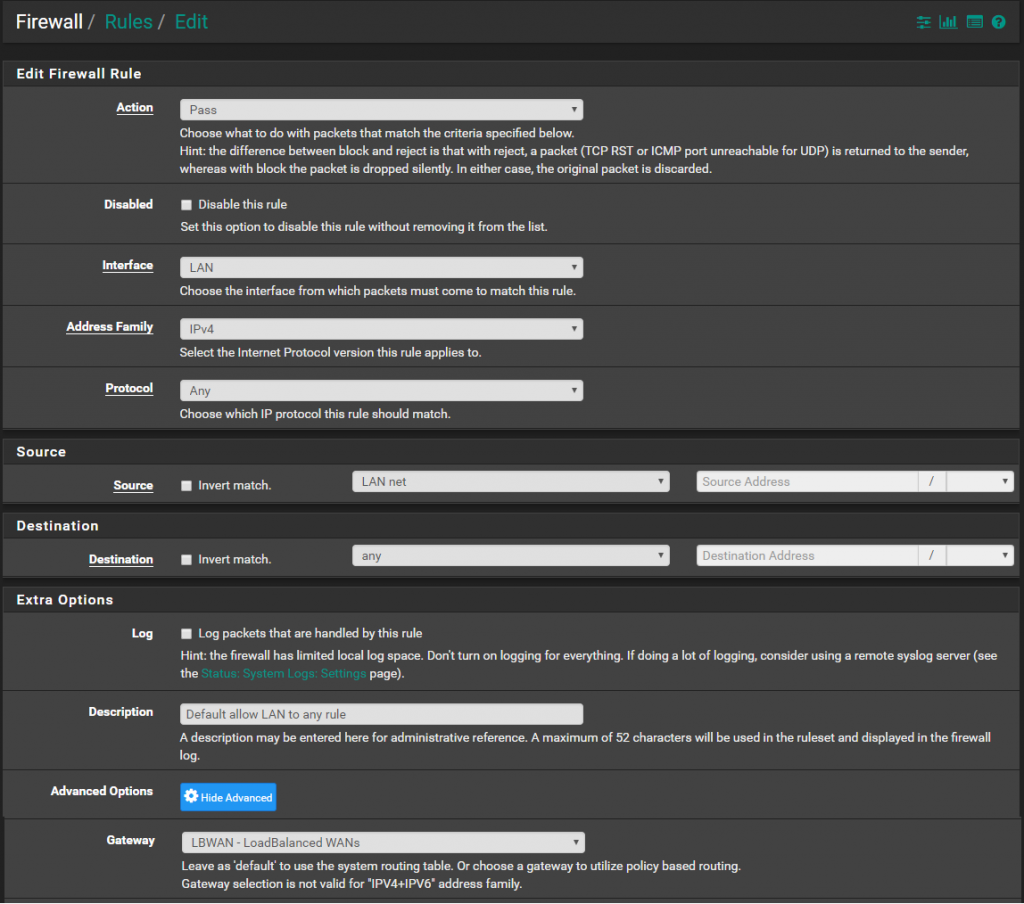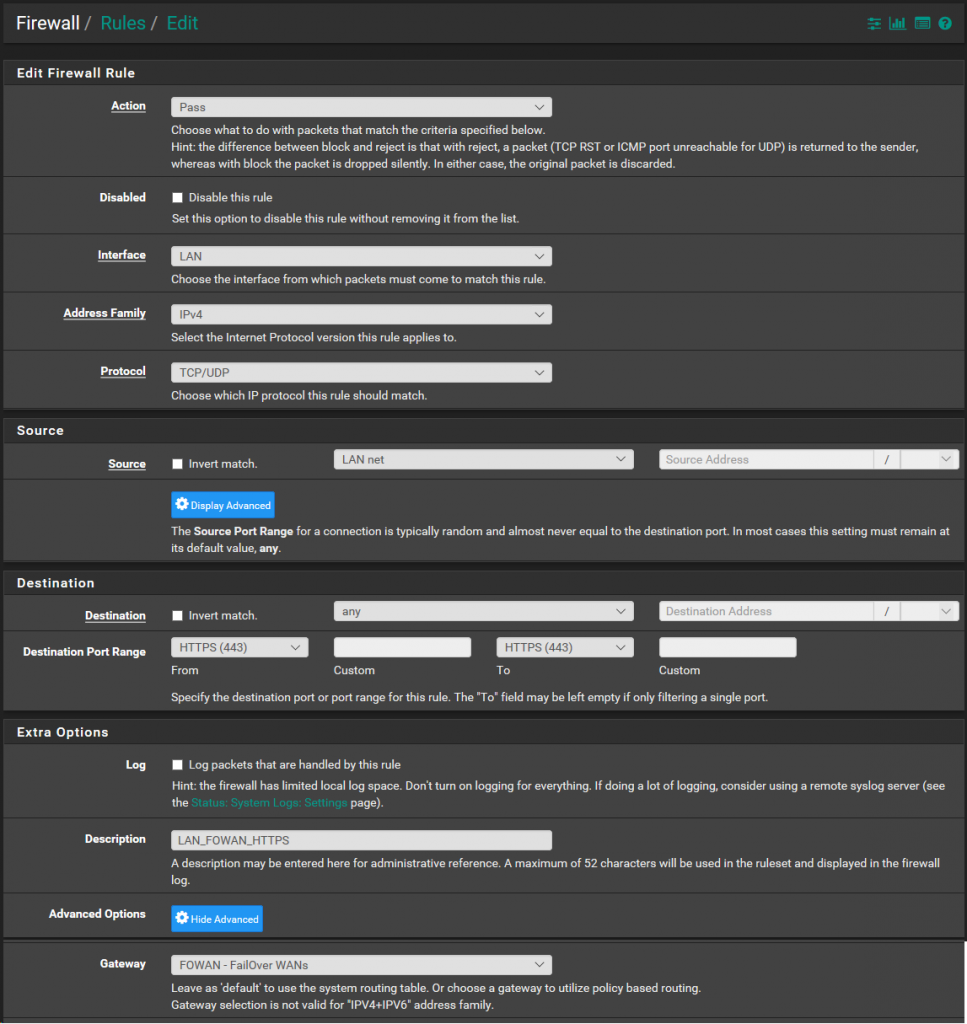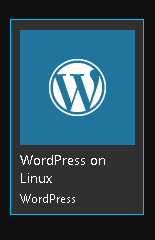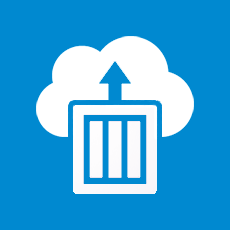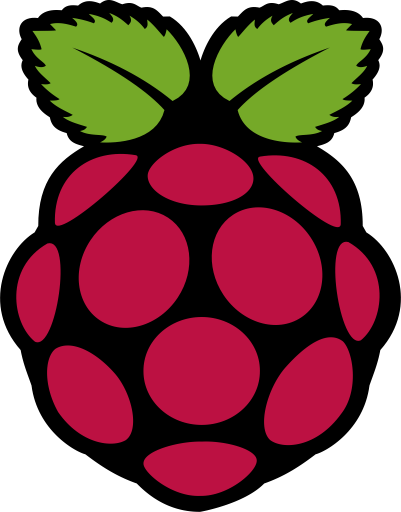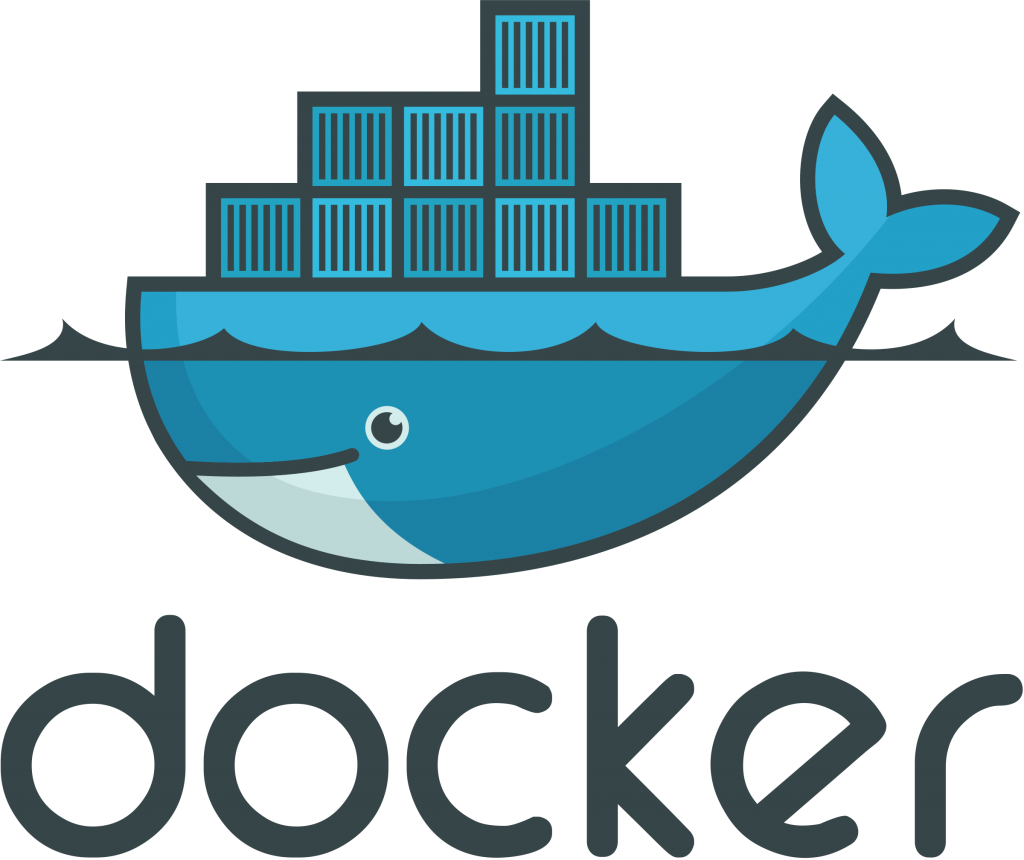My first ThinkPad was
T61. The keyboard was sublime, performance outstanding! Throughout the years
I’ve worked on many T, W, X series. I’ve been using most if not all top laptop
brands. But still ThinkPad is my favorite.
In this article I would like to share my experience with my current machine.
Lenovo ThinkPad T420
I’ve bought it about 2 years ago second hand for the decent price of 200 Euros. It was in “like new” shape. With the best screen for the model 14,1″ HD+ 1600×900, 220 Nits and discrete GPU NVIDIA NVS 4200M, 1GB VRAM, Optimus. Straight away I’ve added Samsung 860 Pro SSD in a caddy in place of the optical drive for the price of 100 Euros. Unfortunately, the laptop came with as little as 4 GB RAM. I’ve fix that with a pair of Kingston 8 GB RAM sticks for the price of 150 Euros. To enhance performance, I was able to plug one mSATA Samsung 860 EVO SSD for 75 Euros. Combined with old HDD that is kept for storage only.
Now the performance was almost acceptable. Last thing was the CPU. This machine is not only one of the last generations with the so much prized keyboard and pad configuration, but the CPU is sitting comfortably in a socket. This means that you can easily change it like in any desktop computer. My idea was to put as powerful CPU as possible. As dual core i5 Intel didn’t have enough juice.
There are places on
the net dedicated for people that love their Think Pads.
Good starting point
is ThinkWiki, page with all kind of useful information for each model:
https://thinkwiki.de/T420
Here you can see my model support some quad core i7s. Comparing the specs my choice fell on
Intel Core i7-2760QM (2.40GHz, 6MB L3, 1600MHz FSB)
It has all the
capabilities of my old
Intel Core i5-2520M (2.50GHz, 3MB L3, 1333MHz FSB)
Plus, twice more
cache and cores. I’ve fished it out quite quickly on the online markets.
As you can see in the wiki this CPU is officially unsupported and consume much more Watts than what the system is designed to provide. But it works!
Reading through the
following articles build my confidence that it will be stable and will be
cooled properly:
https://forum.ixbt.com/topic.cgi?id=17:42822-34
https://thinkpad-forum.de/threads/170582-Erfahrungsberichte-Quadcore-im-T420-Mod-Bios-inside
https://thinkpad-forum.de/threads/170582-Erfahrungsberichte-Quadcore-im-T420-Mod-Bios-inside/page38
One last thing is
that you must flash cooked version of your bios. The best that I could find is
this:
https://www.bios-mods.com/forum/Thread-REQUEST-Lenovo-Thinkpad-T420-83ETxxWW-Whitelist-Removal?page=33
Removing some
limitation and gives you much more control over the inner workings of the
hardware.
I’m very grateful to
all members of these forums that shared valuable information and experience!
What a surprised it was when quickly the machine started to overheat. Hitting the 100 C in seconds. Intel CPUs have a nice feature called Turbo Boost. From my understanding this is an overclocking feature. For example, my CPU works on 2.4 GHz. Under heavy load the multiplier is shifted up and some or all cores reach 3.2 GHz. The power consumption hits the roof, heat too. Then inevitably comes the dreaded thermal and power throttling.
After fiddling with some settings in ThrottleStop. My decision was simple. Equipped with my new bios, just turned off the Turbo Boost. This limit the frequency just to the stock one. In addition to lower the power consumption I’ve switched from the build in GPU in the CPU only to my discrete one.
Et Voila!
Thermal and Power
Throttling disappeared!
My build is
completed!
RAM – Maxed!
HDD – Maxed!
CPU – Maxed!
GPU – Maxed!
Display – Maxed!
Other noteworthy articles:
Lenovo ThinkPad T420
Upgrade Project
https://zhuanlan.zhihu.com/p/46759824
and
https://medium.com/@n4ru/the-definitive-t430-modding-guide-3dff3f6a8e2e
As nice accessory I
have ThinkPad Mini Dock Plus Series 3 that cradles the laptop nicely.
Currently working on upgrading to Windows 10 from Windows 7. As Lenovo does not support this OS the biggest challenge that I find here is with drivers and specifically the compatibility issues of NVIDIA Optimus.
Upgrade to windows 10
For warm up I’ve run few test installs and upgrades just to see how it
goes. Windows 10 upgrades from Windows 7 pretty good. Clean Installs hit the
issues with the NVIDA Optimus. Setup hangs and the only wat to continue is to use
the build in GPU in the CPU. If I switch to the discrete one Windows hangs. My decision
here was to go the upgrade path instead of the clean install. It transfers nearly
all my applications and settings also, use most of the drivers and works
generally well for me. As Windows 10 is not officially supported on T 420 and I
don’t want to hunt for driver updates manually I’ve used Driver Genius. Also
look at Driver Booster but as previously had experience with the former it wins.
Honestly, I don’t want an app that will offer me new drivers just because it is
expected to prove it’s value.
After the migration my default Administrative Shares were gone. Have to
modify the registry as described there to make them work again:
How To Enable Remote Access To Administrative Shares in Windows 10
A pretty good explanation of the Optimus settings can be found here:
How do I customize Optimus profiles and settings?
Please note that you can choose a graphic processor per application. I
had some crazy problems with Office 365 apps that were just a black screen in
RDP. It took me some time to figure out that 32-bit application does not paly
well with Optimus. I’ve had to reinstall off Office application 64-bit. This fixed
the issue and now all applications work fine over RDP.
After the migration Visual Studio 2019 gives me some errors but after
repair all is fixed up.
I needed Docker Desktop mostly for windows containers. It was huge and unpleasant
surprise that VMWare Workstation stopped working after Docker Desktop
installation.
The error is very well described here:
VMware Workstation and Device/Credential Guard are not compatible
As Docker Desktop
uses Hyper-V, I have to sacrifice VMWare Workstation. It was hard decision and but
for the moment containers outweigh VMs. Hope in future I will be able to use
VMWare Workstation and Docker Desktop (Windows Container) in parallel.
In summary my laptop is up to date with maxed hardware specs and latest OS and applications. I’m pretty happy with the result and the performance. It totally was worth the time, money and effort for updating this machine. Hope you liked it.

